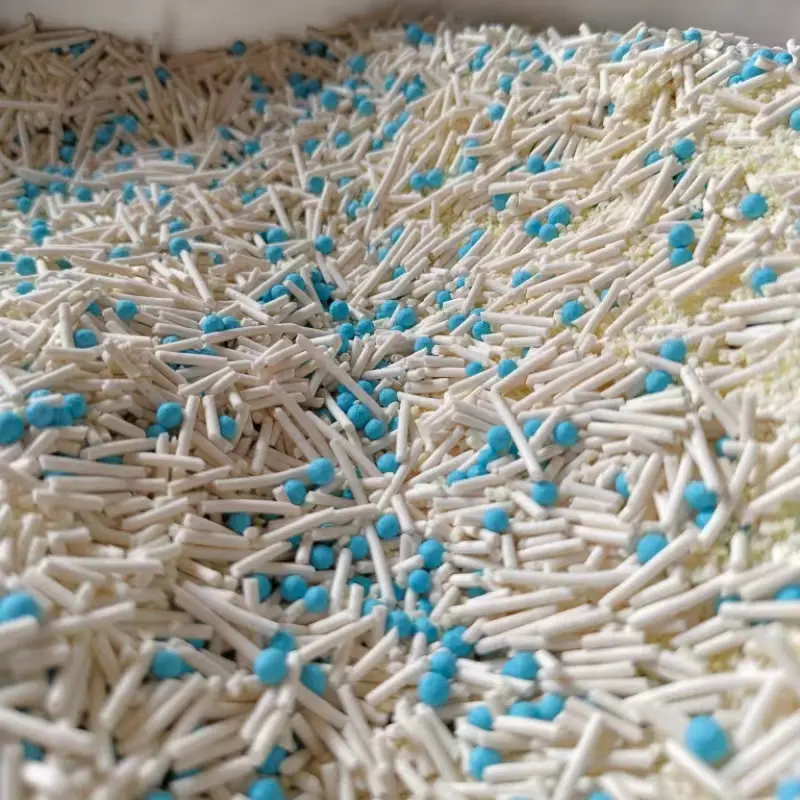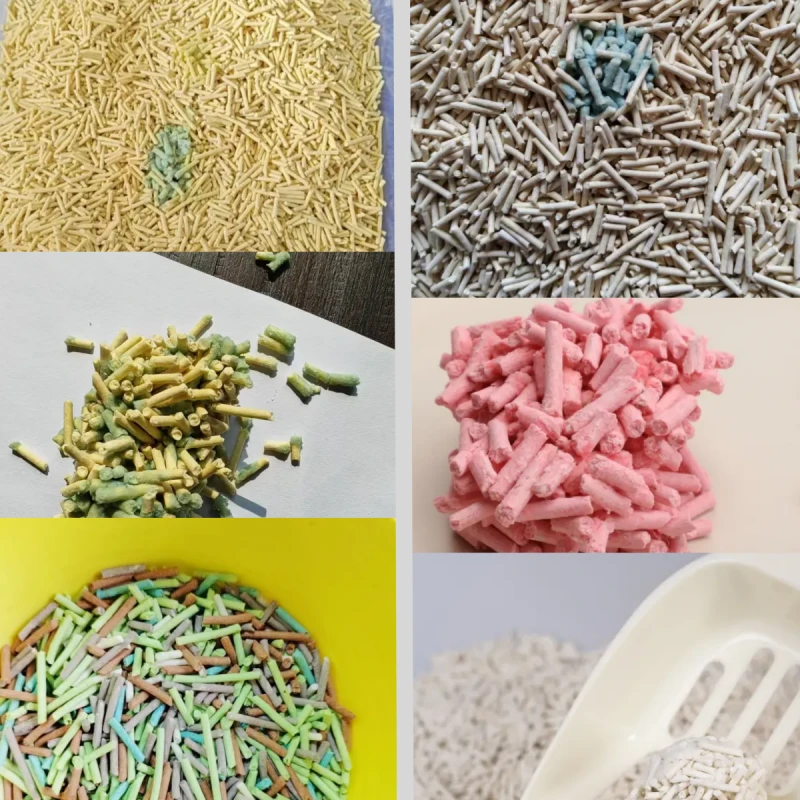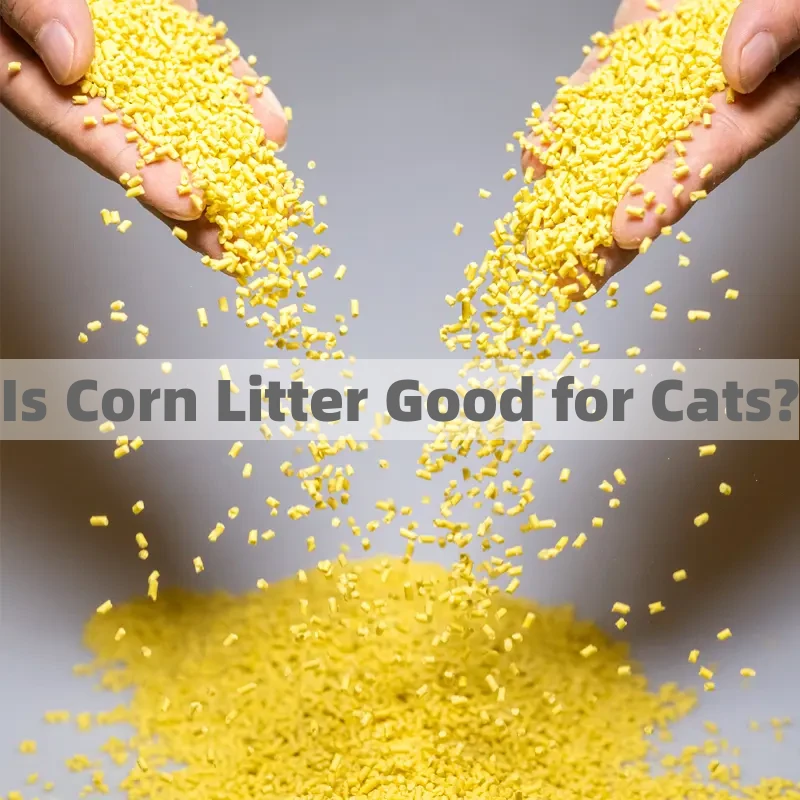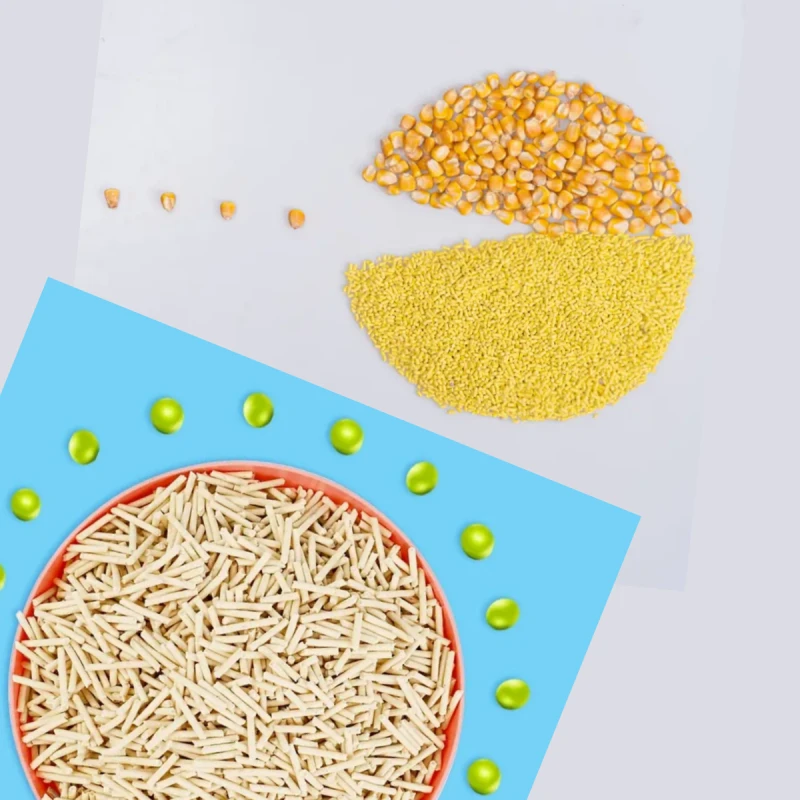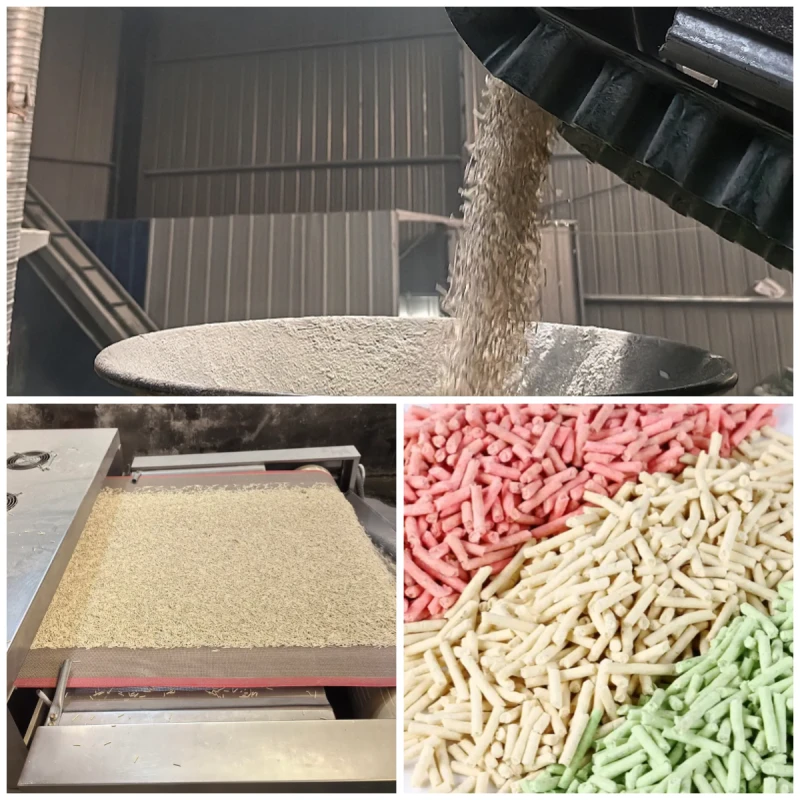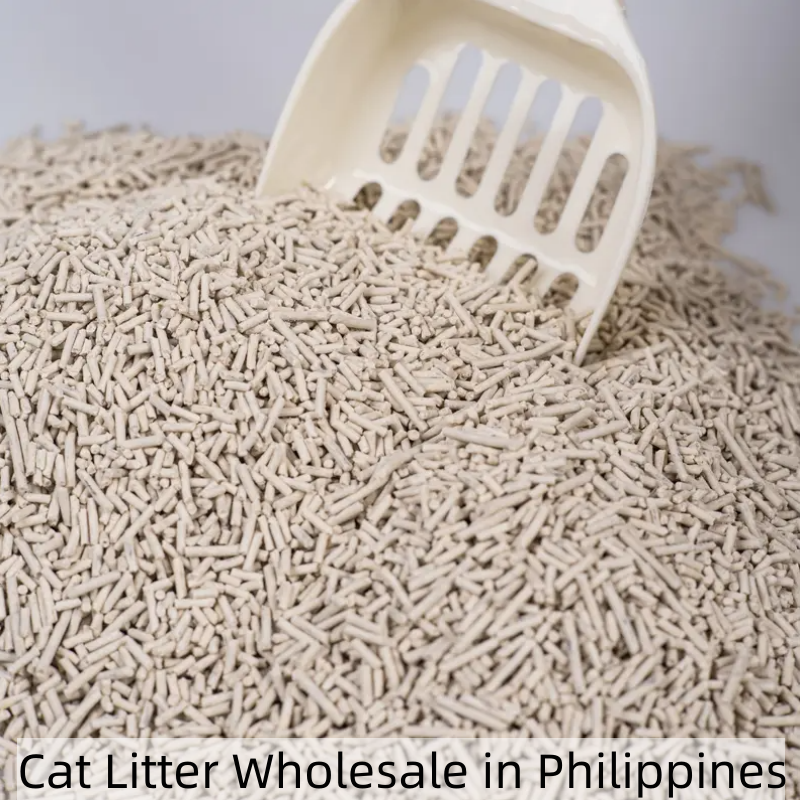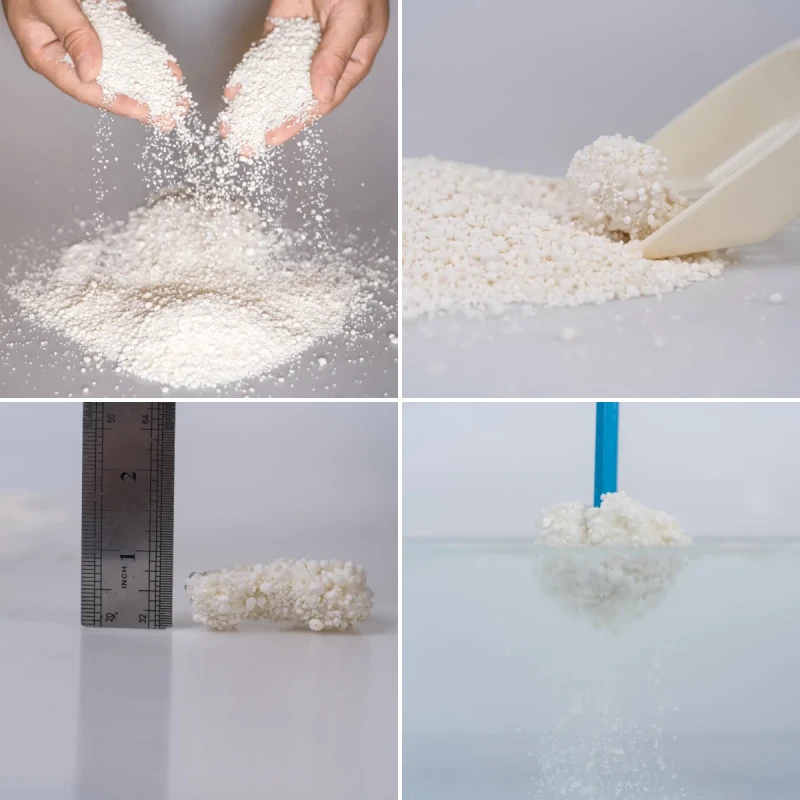Introduction
The world of cat care is changing — and fast. As more cat owners become environmentally conscious, the demand for sustainable, biodegradable, and non-toxic pet products is on the rise. Among these products, eco-friendly cat litter stands out as one of the most impactful switches a pet owner can make.
Traditional clay-based litters, while effective, contribute significantly to environmental degradation through strip mining and landfill waste. In contrast, eco-friendly cat litters are designed to minimize environmental impact while keeping your feline friend healthy and happy.
In this guide, we’ll break down the different types of eco-friendly cat litter, present research data, and compare performance across multiple factors. We’ll also spotlight Shandong Gelin Town Pet Products Co., Ltd., a leading global manufacturer of high-quality plant-based cat litter, to see how innovation is shaping the future of cat hygiene.
What Makes a Cat Litter “Eco-Friendly”?
Eco-friendly cat litter isn’t just a marketing term — it’s a set of characteristics that reduce harm to the environment and improve the well-being of cats and owners alike.
Key features of eco-friendly cat litter include:
Biodegradability: Breaks down naturally without causing long-term pollution.
Sustainable sourcing: Made from renewable resources like soybeans, corn, or recycled paper.
Non-toxicity: Safe for cats, humans, and the environment.
Low dust: Prevents respiratory issues for cats and owners.
Minimal waste: Often compostable or flushable, reducing landfill load.
By meeting these criteria, eco-friendly litters align with the growing movement towards greener, healthier living.
Eco-Friendly Cat Litter Types: A Detailed Comparison
From tofu to wood pellets, the eco-litter market offers a variety of choices. Each has unique strengths and trade-offs.
Table 1: Comparison of Eco-Friendly Cat Litter Types
| Litter Type | Main Material | Clumping | Biodegradability | Odor Control | Dust Level | Price (USD/kg) |
|---|---|---|---|---|---|---|
| Tofu | Soybean | Yes | 100% | Excellent | Low | 1.5–2.5 |
| Corn-based | Corn fiber | Yes | 100% | Good | Low | 1.8–2.8 |
| Wheat-based | Wheat grain | Yes | 100% | Good | Low | 2.0–3.0 |
| Paper | Recycled paper | No | 100% | Moderate | Very Low | 1.0–2.0 |
| Wood Pellet | Pine, cedar | No | 100% | Good | Low | 1.2–2.0 |
| Natural Mineral | Sepiolite | Yes | 80% | Excellent | Low | 1.5–2.3 |
Observation:
Tofu cat litter consistently ranks at the top for clumping, biodegradability, and odor control, making it a strong contender for the title of “best eco-friendly cat litter.”
Environmental Impact of Cat Litter Choices
The environmental footprint of cat litter varies dramatically depending on the material used.
Table 2: Annual Environmental Impact Comparison (per cat)
| Litter Type | CO₂ Emissions (kg/year) | Landfill Waste (kg/year) | Water Pollution Risk |
|---|---|---|---|
| Clay | 150 | 300 | High |
| Tofu | 20 | 5 | Very Low |
| Corn-based | 25 | 8 | Very Low |
| Paper | 15 | 5 | Very Low |
| Wood Pellet | 18 | 7 | Low |
Why it matters:
Switching from clay to tofu cat litter could reduce a single cat’s CO₂ emissions by over 85%, and dramatically cut landfill waste.
Research Data: Market Trends & Consumer Preferences
The eco-friendly cat litter market is booming. According to recent industry reports, the global eco-litter market is projected to grow at a CAGR of 9.4% between 2022 and 2027.
Consumer surveys reveal a clear trend: people are willing to invest in sustainable products if they deliver on performance.
Table 3: Consumer Preferences in Eco-Friendly Cat Litter
| Feature | Importance to Consumers (%) |
|---|---|
| Odor Control | 85 |
| Biodegradability | 72 |
| Low Dust | 68 |
| Clumping Ability | 64 |
| Price | 59 |
| Brand Reputation | 55 |
Key takeaway: Odor control remains the number one deciding factor, even among eco-conscious buyers — meaning the best eco-friendly litter must balance sustainability with functionality.
Why Tofu Cat Litter is Leading the Market
Among plant-based litters, tofu cat litter is rapidly gaining dominance. Here’s why:
Superior Clumping: Forms firm, scoopable clumps that don’t break apart.
Excellent Odor Control: Naturally traps ammonia odors.
Low Dust: Ideal for cats with respiratory sensitivity.
Flushable & Compostable: Safe for most sewage systems.
Made from By-products: Utilizes leftover soybean residue from food production.
Industry data supports its popularity — tofu litter accounts for over 35% of plant-based litter sales in Asia and is quickly expanding into European and North American markets.
Brand Spotlight: Shandong Gelin Town Pet Products Co., Ltd.
Founded in 2020, Shandong Gelin Town Pet Products Co., Ltd. is a specialized manufacturer dedicated to improving the lives of cats through innovative litter solutions.
Our core strengths include:
Production Capacity: 16,000 m² factory space with an annual output of 7,000 tons.
Advanced Equipment: Fully automated production lines for consistent quality.
R&D Excellence: A professional team focused on developing new plant-based litter formulations.
Certifications: BSCI, ISO9001, SGS, CTI.
Global Reach: Serving markets across Europe, America, Australia, and Asia.
Our product range includes:
Tofu Cat Litter — multiple colors, fragrances, and clumping strengths.
Corn-based Litter
Health-Monitoring Litter (changes color to indicate potential urinary health issues)
Natural Mineral Litter
For pet brands, we offer complete OEM/ODM services, including:
Custom material and fragrance blends.
Branded packaging.
Lab testing reports.
Flexible MOQs for online/offline retailers.
If you’re looking for a tofu cat litter processing factory, we are your best choice.
Choosing the Best Eco-Friendly Cat Litter for Your Cat
Selecting the right litter isn’t just about sustainability — it’s about finding a product your cat will actually use.
5 Steps to Choose the Best Litter:
Consider your cat’s health – choose low-dust options for respiratory-sensitive cats.
Prioritize odor control – especially important for multi-cat households.
Evaluate disposal method – compostable or flushable options reduce waste.
Check for clumping quality – makes cleaning easier and more hygienic.
Compare costs – balance long-term affordability with performance.
Cost-Benefit Analysis of Eco-Friendly Litters
While eco-friendly litters may have a slightly higher upfront cost, their longer-lasting nature and environmental benefits often justify the price.
Table 4: Cost & Lifespan Analysis
| Litter Type | Avg. Monthly Cost (USD) | Bag Size | Avg. Bag Lifespan (1 cat) | Waste Disposal Cost |
|---|---|---|---|---|
| Tofu | 15–20 | 6 kg | 4 weeks | None (compostable) |
| Corn-based | 18–22 | 6 kg | 4 weeks | None |
| Paper | 10–15 | 6 kg | 3 weeks | None |
| Wood Pellet | 12–16 | 10 kg | 5 weeks | None |
| Clay | 8–12 | 10 kg | 3 weeks | Disposal fees |
Insight: Over time, tofu cat litter can be more cost-effective due to its longer-lasting performance and reduced disposal needs.
Conclusion
So, what is the best eco-friendly cat litter? Based on our research, tofu cat litter emerges as the top choice. It combines excellent clumping, superior odor control, and full biodegradability — all while being safe for cats and the planet.
For retailers, wholesalers, and private label brands seeking a reliable supply partner, Shandong Gelin Town Pet Products Co., Ltd. offers unmatched expertise, production capacity, and customization options. With our commitment to quality and sustainability, we help brands deliver the best eco-friendly litter to cat owners worldwide.
If you’re ready to offer premium, eco-friendly cat litter to your customers, contact Shandong Gelin Town Pet Products Co., Ltd. today to learn more about our wholesale and OEM/ODM services.
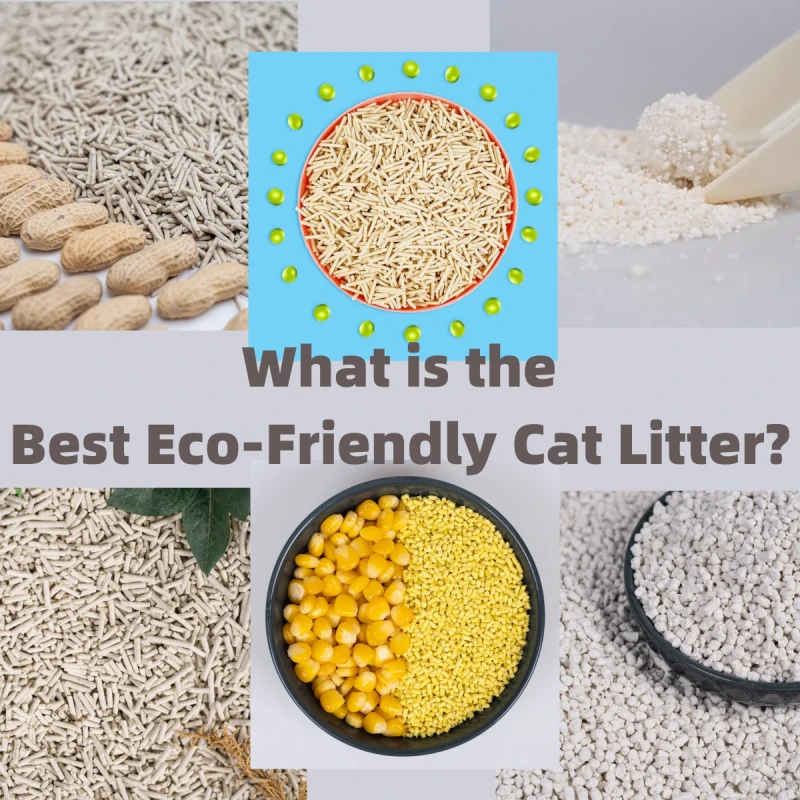
387.webp)
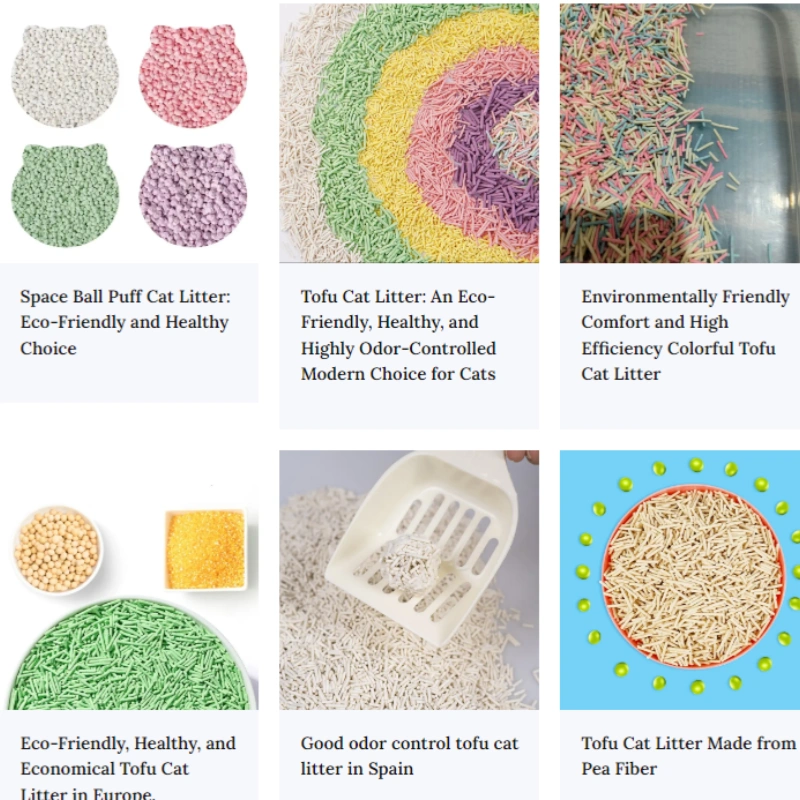
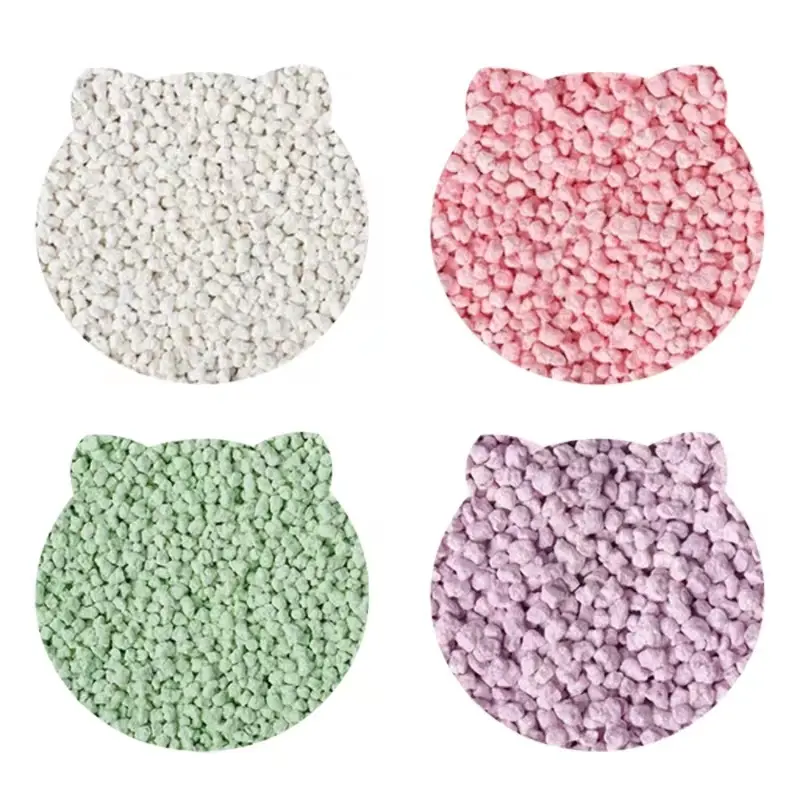
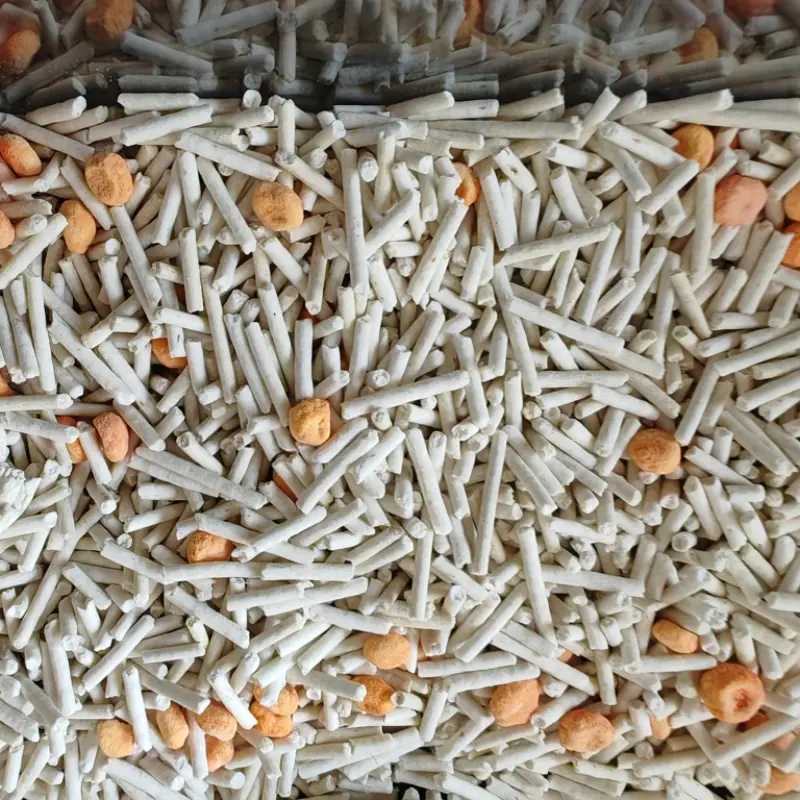
122.webp)
